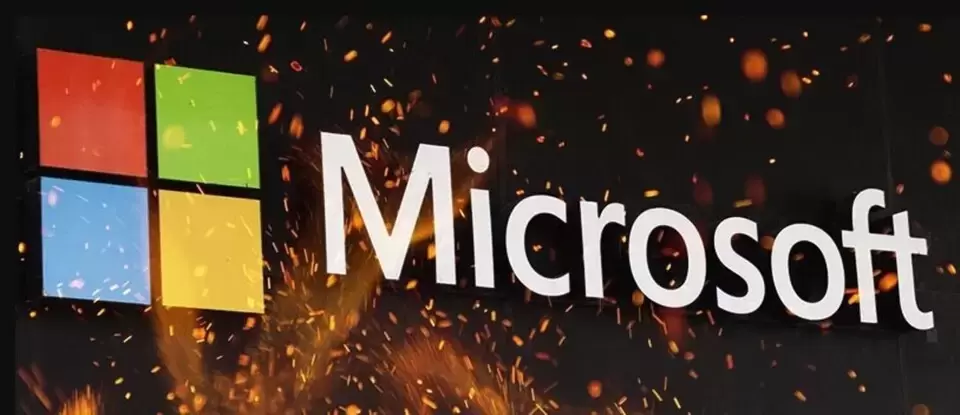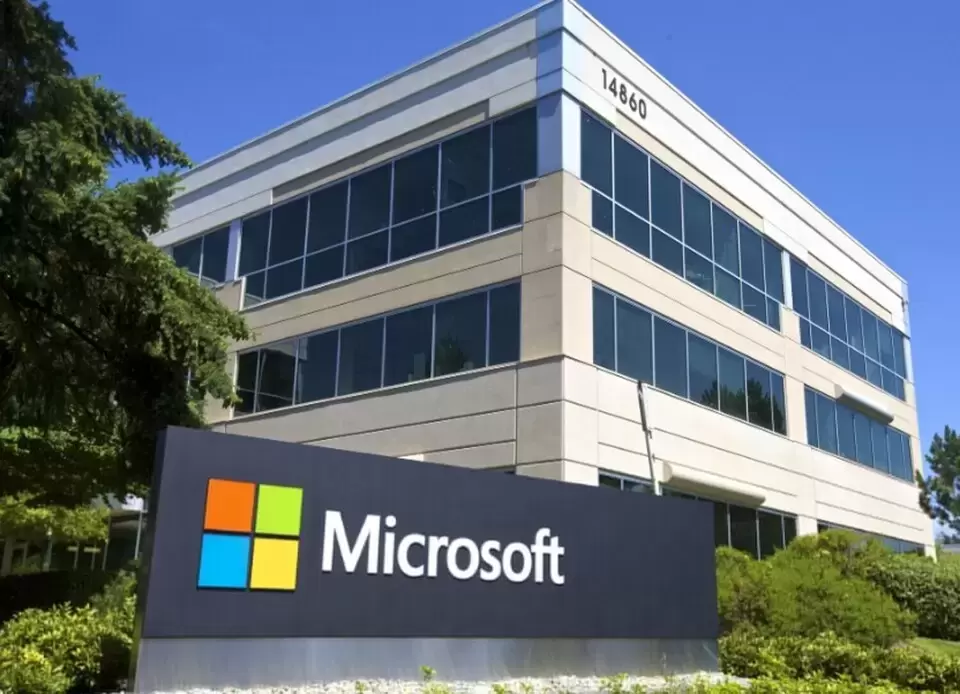
Investing in Microsoft 20 Years Ago: A Look Back at the Returns
Keypoints:
- Microsoft stock has been a strong performer for long-term investors, with significant gains over the past 20 years.
- Despite facing some challenges along the way, such as the rise of mobile computing and increased competition, Microsoft has continued to innovate and adapt.
- The company's focus on cloud computing, artificial intelligence, and other cutting-edge technologies has positioned it well for future growth.
T he Microsoft stock miracle: How $1000 turned into $21.000
If you had invested $1,000 in Microsoft stock 20 years ago, it would be worth around $23,000 today. That's a remarkable return on investment and speaks to the enduring strength of one of the world's most valuable companies. So how did Microsoft do it, and what lessons can investors learn from this success story?

20 Years Ago
It was a turning point in American history, and it also marked a pivotal moment for tech giant Microsoft (NASDAQ: MSFT). Twenty years ago, on April 3rd, 2006, Bill Gates handed over the CEO position to his longtime right-hand man Steve Ballmer. While Gates remained chairman and chief software architect, the reins were officially turned over to someone else. This transition came at a critical juncture for the Redmond-based firm and had a significant impact on its shareholders.
At the end of March, just days prior to Gates stepping aside, Microsoft closed trading with its shares valued at around $43 each. Anyone fortunate enough to put a thousand dollars into the stock back then would've watched it grow by leaps and bounds since that time. By mid-November 2022, those same shares would've reached values north of $152 per piece, offering a total return just shy of double the initial investment amount. That incredible success story, however, obscures some bumps along the way. Indeed, if those hypothetical shareholders had invested their money somewhere else, they might own something even more impressive today.

Microsoft's Growth Story: From PCs to the Cloud
Microsoft has been one of the most successful companies in the technology sector for decades. Founded in 1975 by Bill Gates and Paul Allen, the company's early success was built on its popular Windows operating system, which dominated the personal computer market for years. As the computing landscape evolved, Microsoft adapted and expanded its offerings, moving into areas such as gaming, productivity software, and cloud computing.
Today, Microsoft is valued at over $2 trillion and is a leader in several key technology markets. Its Azure cloud platform competes with Amazon's AWS and Google Cloud, and its Xbox gaming console is one of the most popular on the market. Microsoft also has a thriving software business, with products like Office and Teams used by millions of people around the world.

Lessons for Investors: Long-Term Thinking Pays Off
The story of Microsoft's success offers several valuable lessons for investors. One of the most important is the power of long-term thinking. Microsoft's growth has been driven by a willingness to invest in new areas and to adapt to changing market conditions. This requires patience and a long-term perspective, as not every investment will pay off immediately.
Another lesson is the importance of diversification. While Windows was once the company's flagship product, Microsoft recognized the need to diversify its revenue streams and invested in areas like gaming and the cloud. This has allowed the company to weather changes in the technology landscape and emerge as a leader in multiple markets.
Looking Ahead: Can Microsoft Keep Growing?
Despite its impressive track record, some investors may be wondering if Microsoft can continue to deliver strong returns in the years ahead. The company faces challenges in several areas, including increased competition in the cloud space and a shifting landscape in the gaming market. However, Microsoft has shown a willingness to invest in new areas and has a track record of adapting to changing market conditions. If it can continue to do so, the company may well continue to deliver strong returns for investors in the years ahead.
Share Share Share
(0) Comments
More from @rodrigo for #TickerTracker
View MoreDiscover the Billion-Dollar Secrets: Inside David Rolfe's Q1 2023 Portfolio
over 2 years ago
5 views
